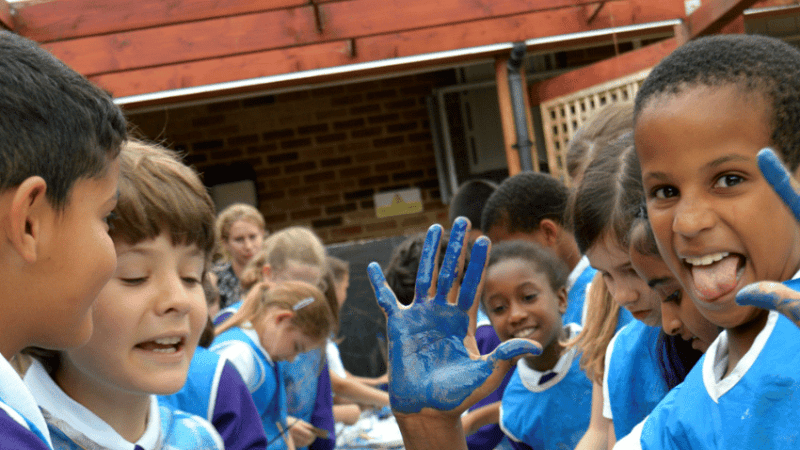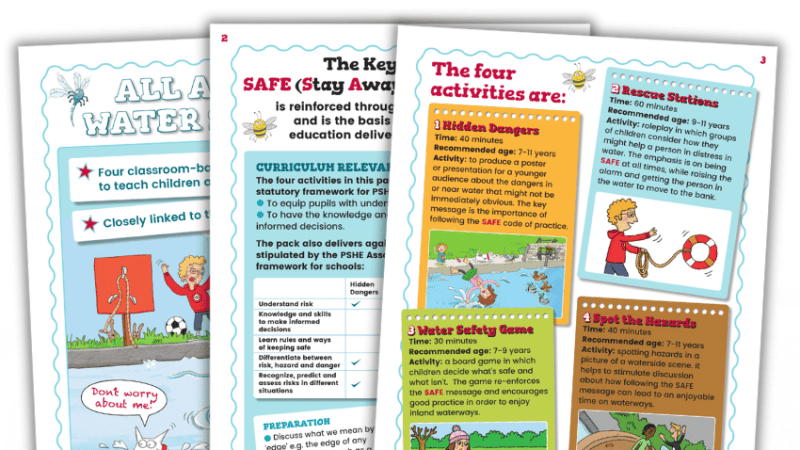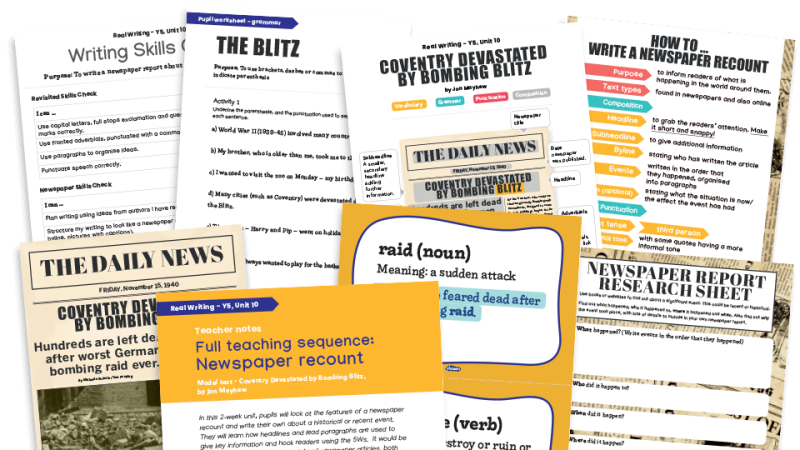Does Your Body Language Show You Are Confident And Engaged, Asks James Hempsall

We all use a huge range of movements and gestures, and all have the capacity to strengthen, limit or even harm our message.

How aware are you of the unconscious messages you’re giving to those you’re communicating with? Do you give as much thought to your body language as you do to the words you say?
Is your posture positive, neutral or negative? If it’s positive you may have a direct gaze (not a stare), a broad smile and a friendly style – enhanced by leaning forwards or placing your hands on your hips, for example.
In neutral, your gaze may be the same, but your stance and/or hands will be less direct or confident, perhaps down by your side. This can be appropriate for first contacts and meetings, whereas positive posture is something to use once you’re more familiar with someone or you need to be more assertive or persuasive.
Both are better than the negative option: an indirect gaze, touching of ears or nose (as if they’re more important than your subject), a slight turning away, or looking at the door or out of the window. All show you’d rather be doing something else, somewhere else, or you have stopped listening altogether.
Get feedback
Keep your distance. Personal space is about one metre around a person, although this changes with cultural and gender differences. Be aware and read the signs. Often, if people feel you’re getting too close, they will move. But what if they can’t move? Are they looking uncomfortable? You should move for them.
One major challenge is if we’re feeling nervous or uncomfortable, our body language can leak it. It can freeze us to the point where all the good practice we know just doesn’t manifest itself. One tip is to take a slow breath to relax yourself.
We’re usually at our most nervous when we’re trying to make a good first impression – we all know how important they are. The first five seconds are key, so have a five-second plan. How and where are you going to stand, how will you hold your hands, and how are you going to look and smile at the person or people you’re trying to impress? After that it could be a comfortable downhill ride!
The problem is we don’t always have the awareness we need, and we don’t often have the benefit of looking at ourselves in our day-to-day work. Video is one solution, but not all of us like to watch ourselves on screen. Feedback is the next best thing. How about making it the focus of your next peer observation review? Ask a colleague to look at your body language and feed back.
James Hempsall OBE is director of Hempsall’s training, research and consultancy. Visit hempsalls.com or follow on Twitter: @jhempsall











